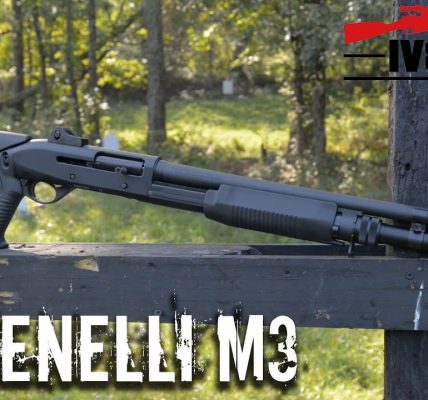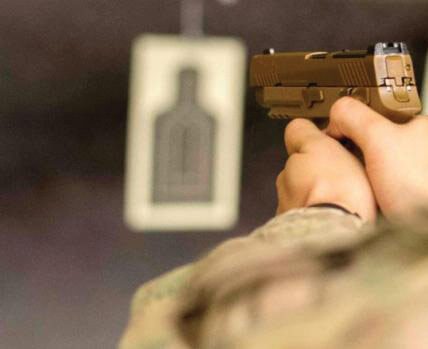Aircraft in the United States A Pillar of Military and Civilian Power
Aircraft have played a pivotal role in the history and development of the United States, serving as both military and civilian assets. From the early days of aviation to the modern era, aircraft have transformed transportation, commerce, and warfare.
Categories of Aircraft
- Fixed-Wing Aircraft:
- Commercial Airliners: Large aircraft designed for passenger and cargo transport. Examples include the Boeing 747, Airbus A380, and Boeing 787 Dreamliner.
- General Aviation Aircraft: Smaller aircraft used for personal transportation, recreational flying, and business purposes. Examples include single-engine piston aircraft, twin-engine aircraft, and jets.
- Military Aircraft: Aircraft designed for military purposes, including fighter jets, bombers, transport aircraft, and reconnaissance aircraft.
- Rotary-Wing Aircraft:
- Helicopters: Aircraft that use rotating blades to generate lift. Helicopters are used for a variety of purposes, including search and rescue, medical transport, law enforcement, and military operations.
- Tiltrotor Aircraft: Aircraft that combine the features of fixed-wing and rotary-wing aircraft. Examples include the V-22 Osprey.
Historical Context and Cultural Significance
The United States has a rich history of aviation, dating back to the early 20th century. The Wright brothers’ successful flight in 1903 marked a turning point in the history of aviation. Since then, the United States has been a leader in the development and production of aircraft.
Aircraft have played a significant role in American culture, shaping the nation’s economy, transportation systems, and military capabilities. The aviation industry has created millions of jobs and contributed billions of dollars to the U.S. economy.
Military Aircraft
Military aircraft have been essential to the United States’ military power. The U.S. Air Force is one of the world’s largest and most powerful air forces, with a fleet of thousands of aircraft. The U.S. Navy also operates a large fleet of naval aviation aircraft, including fighters, bombers, and helicopters.
- Fighter Jets: High-performance aircraft designed for air-to-air combat. Examples include the F-15 Eagle, F-16 Fighting Falcon, and F-22 Raptor.
- Bombers: Large aircraft designed to deliver bombs and missiles. Examples include the B-52 Stratofortress, B-1 Lancer, and B-2 Spirit.
- Transport Aircraft: Aircraft used to transport troops, equipment, and supplies. Examples include the C-130 Hercules and C-17 Globemaster III.
- Reconnaissance Aircraft: Aircraft used for surveillance and intelligence gathering. Examples include the U-2 Dragon Lady and RC-135 Rivet Joint.
Civilian Aviation
The United States has a thriving civilian aviation industry, with thousands of airports and airlines serving millions of passengers each year. Commercial airliners are the primary mode of transportation for long-distance travel in the United States. General aviation aircraft are used for a variety of purposes, including personal transportation, business travel, and recreational flying.
Challenges and Future Trends
The aviation industry faces several challenges, including rising fuel costs, environmental concerns, and increased security threats. However, technological advancements, such as the development of more fuel-efficient aircraft and advanced navigation systems, are helping to address these challenges.
The future of aviation in the United States is likely to involve continued technological innovation, increased automation, and a growing emphasis on sustainability. As the world becomes increasingly interconnected, the role of aircraft will only become more important.




